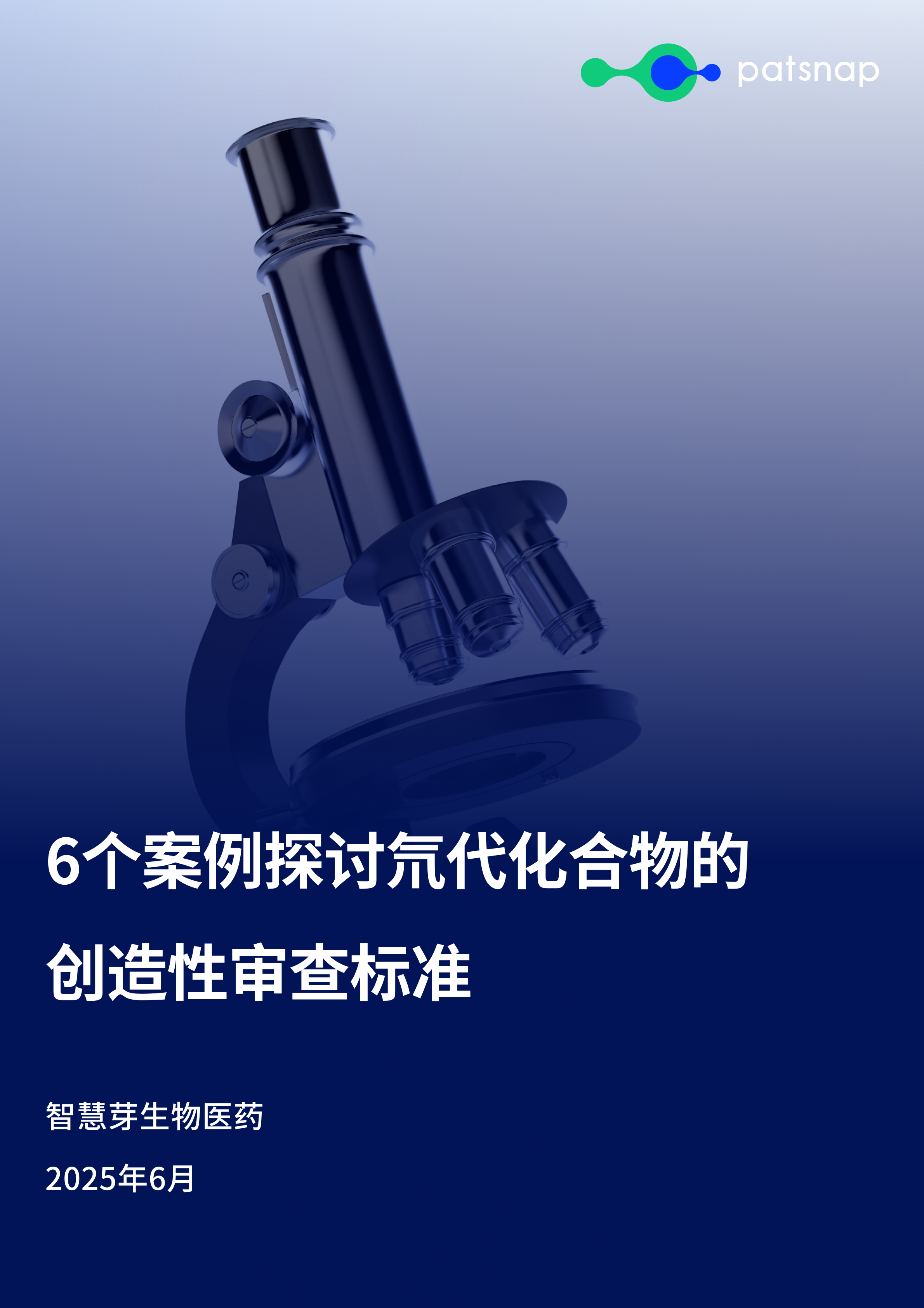预约演示
With $290M in hand, newly emerged biotech Metsera thinks customizable combos are the future of obesity treatments
2024-04-18
并购临床1期
The weight loss market is an "almost limitless" opportunity, Metsera CEO Clive Meanwell, M.D., told Fierce Biotech.
Clinical-stage Metsera has emerged from stealth with $290 milMetsera hand and the bold vision of ushering in the next generation of obesity and metabolic disease medicines.
“It's an almostMetseraess market opportunity,” Metsera CEO Clive Meanwell, M.D., told Fierce Biotech in an interview. The leader is obesitysh onmetabolic diseaseextensive industry track record that includes founding and leading The Medicines Company, a biotech that homed cardiovascular medicine inclisiran (Leqvio) and was acquired by Novartis in 2019 for $9.7 billion. “I think we have a real shot here of making some major products.”
MetseraCEO Clive Meanwell, M.D." data-entity-tyMetseraia" data-entity-uuid="eb91394c-ecc7-4cb9-9118-a2f0cafb1a07" data-view-mode="half_body_width"/>The Medicines CompanyinclisiranLeqvioNovartis
Meanwell also helped form and is a partner of private equity firm Population Health Partners. The firm, alongside Arch Venture Partners, launched Metsera during biotech’s “nuclear winter” in early 2022, the CEO explained.
However, the company was able to stay warm in stealth with the helPopulation Health Partnersrs such as F-Prime Capital, GV, Mubadala Capital, Newpath Partners and SoftBank Vision Fund 2, alongside other undisclosed investors.
The $290 million financing was led by founder Arch and is a series A round that includes a “little seed” money, according toMubadala CapitalNewpath Partners
“There was emerging evidence that diabetes and weight loss was going to become a big category,” he said, explaining how Metsera came to be.
“Initially, we had discussions witdiabetesarma about their appetite for investing—I'd say in 2020, it was sort of lukewarm,” Meanwell said. “Nobody had quite seen the juggernaut that was coming.”
After Eli Lilly and Novo Nordisk started publishing “great data” for the diabetes and obesity franchises-in-a-drug semaglutide and tirzepatide, respectively, Meanwell and the Arch crew decided to abandon the Big Pharma aspirations and start something of their own.
“We weElioLillyd saiNovo Nordiskshopping among the 200-plus companies thadiabetesreadyobesityg in this space, and lsemaglutide we ctirzepatidesome great technology and create a new company that could develop these technologies for commercial use,’” he explained.
And that’s exactly what happened. While in stealth mode, New York-based Metsera snapped up Zihipp, a diabetes and obesity biotech in London. Researcher and Zihipp Chair Stephen R. Bloom now serves as the senior vice president of R&D for Metsera.
“MetseMetserartfolio is designed to unlock new treatment strategies through scalable, sustainable and personalized interventions for weight loss, weight maintenance and disease prevention,” Metsera R&D lead Bloom—who is also the head of drug development, metabolism, digestion and reproduction at Imperial College London—said in an April 18 release. “Through optimized combinations of injectable and oral peptides, we aim to establish a cycle of continuous and responsive innovation to address a growing worldwide obesity crisis.”
MMetseras injectable and oral development programs are made up of peptides and peptide-antibody conjugates, two of which are clinical-stage assets. One of those programs is an undisclosed moMetsera while the other is an injectable, fully biased GLP-1 receptor agonist being assessed in a phase 1 cImperial College Londont is designed to trounce competitors in duration of effect and is currently being tested out among non-diabetic patients. The U.S. trial is currently enrolling participants, Meanwell said.obesity
Metseratech’s preclinical pipeline also includes a dual amylin/calcitonin receptor agonist (DACRA) designed to be combined with the GLP-1 receptor agonist, a unimolecular GGG (GLP-1, GIP, glucagon) engineered for combo use with DACRA and two INDGLP-1 receptortes sourced from the company’s oral peptide delivery platform.
“The aim is to develop a suite of molecules that are misamylin or multi-target, molecules that give you the advantages of increased GLP-1 receptor agonistGLP-1 receptorss side effects,” Meanwell saiGLP-1e think the future is combinations, and we want to be there.”
“Most people would agree that a GLP-1 backbone or core is at the center of most people's strategies. And then the rest is: What do you add to that?” the leader continued. “Novo went down the amylin pathway successfully. Lilly went down the GIP glucagon pathway. And we think you should do both because, ultimately, those two pathways are coming together.”
Metsera’s programs are designed to address multiple therapeutic targets and tackle upcoming needs in the quickly evolving weight loss treatment landscape through more effective weight maintenance, muscle preservation, less frequent dosing aGIP glucagontolerability, according to the company release.
Metseraeanwell couldn’t disclose the specific size of Metsera’s team, he said “it’s not small.” He noted that a biotech of 70 people is an optimal size. Beyond R&D head Bloom, Metsara’s leaders include Brian Hubbard, Ph.D.; John Amatruda, M.D.; Whit Bernard; Christopher Cox; and Steven Marso, M.D., who is the principal author of two The New England Journal of Medicine papers that put semaglutide on the map.
“The ‘dream team’ terminology is overused, but in this case, between the investors—led by Arch—and the management, we’re as close as you can get to that definition, honestly,” Meanwell said.semaglutide
As for other big-name company partners, Meanwell said Metsera hasn’t made any outreach efforts and doesn’t plan on it right now.
“In a way, we’re meeting Lilly and Novo at the corner—Metseraemselves are very ambitiously seeking new combinations and new ways of improving risk benefit, ease of use, maintenance, dosing, tolerability,” Meanwell said. “And we're doing the same now. And we'd hope to be a player alongside them when we all get there.”
更多内容,请访问原始网站
文中所述内容并不反映新药情报库及其所属公司任何意见及观点,如有版权侵扰或错误之处,请及时联系我们,我们会在24小时内配合处理。
药物
Eureka LS:
全新生物医药AI Agent 覆盖科研全链路,让突破性发现快人一步
立即开始免费试用!
智慧芽新药情报库是智慧芽专为生命科学人士构建的基于AI的创新药情报平台,助您全方位提升您的研发与决策效率。
立即开始数据试用!
智慧芽新药库数据也通过智慧芽数据服务平台,以API或者数据包形式对外开放,助您更加充分利用智慧芽新药情报信息。





